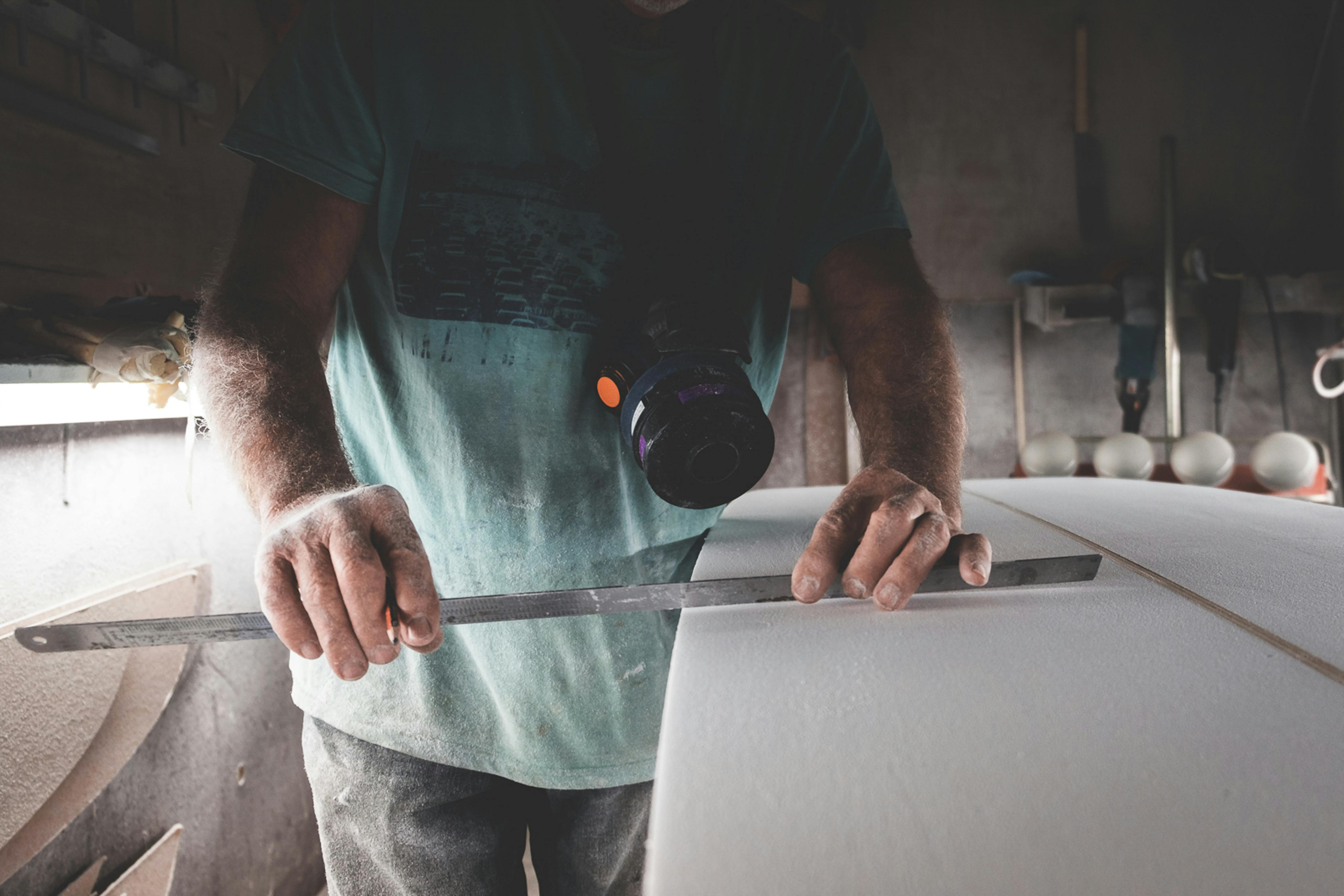
The Order of Good Cheer – Nova Scotia, Canada
admin
- 0
Samuel de Champlain founded the Order of Good Cheer in the winter of 1606-07 to provide good food and good times for the settlers to maintain health and morale through the long winter. The Order was a gastronomic society and members took turns providing fish or game for a banquet and maintaining a joyful atmosphere. Reports show that every few days dinner turned into a feast and on a rotating basis everyone at the table was appointed as chief butlers.
The chief butler had a duty to ensure that everyone at the table was well cared for. In Paris it was said that this had the same good humor as in the Rue aux Ours and at a lower cost. Each butler 2 days before his shift would go hunting or fishing to bring a delicacy to add to the regular rate. This was done so well that they ate meat or fish during several of the subsequent breakfasts, lunches, and dinners.
For the banquet, the Chief Commissar, having had everything prepared by the cook, entered the room with a napkin on his shoulder, the insignia of the position in his hand and around his neck the neck of the Order followed by all the members of the Order. . each with a plate. The same was repeated in the dessert. Before thanking God, the Chief Steward handed the Order’s necklace to his successor and they toasted a glass of wine.
Prominent members of the colony were likely members of the Order of Good Cheer. Frequent guests were Membertou and Messamouet, Mi’kmaw chiefs of the area.
Previously, Chief Messamouet had sailed with Samuel de Champlain as a guide in search of copper mines in the Bay of Fundy. The Cacique told Champlain that as a young man he sailed across the Atlantic in a Basque fishing boat and visited France where he stayed at the house of the governor of Bayonne.
Lescarbot wrote about other Aboriginal guests that they always had twenty or thirty men, women and children, who would watch their way of serving and give them free Bread.
The knights obtained a wide variety of meats including: ducks, geese, partridges and other birds, moose, caribou, beavers, otters, bears, rabbits, wildcats, and raccoons. At that time in North America the beaver was a delicacy. The most used spices were pepper, cinnamon, cloves and nutmeg. Herbs such as thyme, chervil, bay leaf, and marjoram were also used well. For our modern tastes, a dish that the Port Royal settlers would consider tasteless would likely taste strong or wild to us.
Here are some examples of modern dishes that could have been served at a Good Cheer dinner: pumpkin soup, steamed eel, sturgeon, spinach fricassee, Jerusalem artichoke fritters, apple pear pie, and marzipan tarts.

